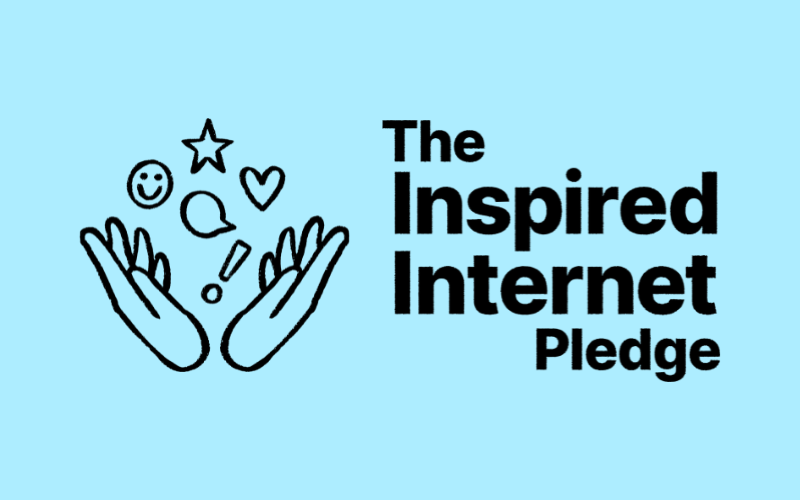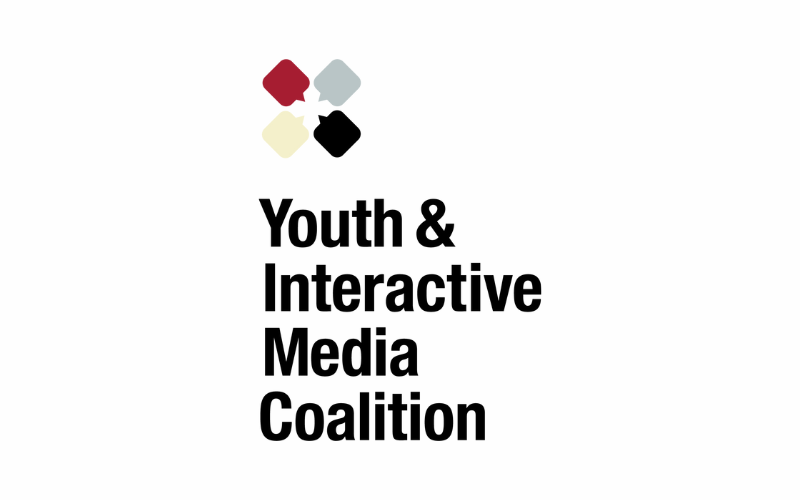Jason Fogler, PhD
Attending Psychologist, Division of Developmental Medicine, Boston Children’s Hospital
LEND Director, Boston Children’s Hospital & the Institute for Community Inclusion, University of Massachusetts Boston
Assistant Professor of Pediatrics, Assistant Professor of Psychology-in-Psychiatry, Harvard Medical School
What is your role at Boston Children’s Hospital?
In addition to practicing as a clinical psychologist in the Division of Developmental Medicine at Boston Children’s, I occasionally teach at Harvard Medical School and serve as the director for the LEND (Leadership Education in Neurodevelopmental and related Disabilities) program at Boston Children’s. For the purpose of this conversation, I’ll speak from my experience as a clinical psychologist in developmental medicine, working with young people.
What does a typical day look like for you?
Oh gosh, it varies. As director of LEND, I spend three days a week administering or working with the fellows in that program. I’m in the clinic two days a week doing neuropsych assessments (as part of a team or on my own). I also do therapy and run a guidance group for parents of kids with newly diagnosed ADHD, which includes a decent amount of conversations about screens.
What led you to this work?
I thought I’d be a physician like my dad, but organic chemistry got the better of me. As I was experiencing this crisis of faith, I stumbled into an amazing social psychology class. (There should be a warning on that class)! I got completely sucked into the idea of building a better [research] mousetrap, tackling the hard questions.
I ended up getting more into clinical psychology after that. I think I knew I was destined for clinical work during a clinical externship at an alternative school in Pittsfield. I was helping an 18 year-old 10th grader with his math homework. (In hindsight, I can only imagine the profundity of his learning disability). One day, he got really frustrated and flipped over one of those long heavy wooden tables and stormed out of the classroom. It seemed like clockwork, something that happened frequently; all the teachers in the room stepped back…But still being young, my frontal lobe wasn’t developed enough yet to know better, so I followed him out (laughs). The conversation started with me saying, “Any chance I could persuade you to come back?” He answered, “How about I punch you in the face,” and I replied, “Maybe later…but first can we see if I can help you with your math?” That seemed to disarm him and, over time, we got into a tutoring relationship in which he mock-threatened violence on the regular (along with drawing some amazing pictures of Eddie from Iron Maiden on the back of his notebook); but we developed a nice rapport and got some good work done. I was hooked on helping and understanding the minds of kids. I thought I’d work in schools after that…but one thing led to another and here I am.
How is digital media impacting the kids you see in your practice?
Most of the kids I see have autism spectrum disorder (ASD), attention-deficit/hyperactivity disorder (ADHD), or some type of intellectual or learning disability. Many of them find the digital world to be a safer space than the “real” world. It’s a place where they have mastery where they otherwise may not. They get pulled in, and their online world can become preferable to in-person relationships.
Parents bring their kids in because they want them to have some balance, but It’s difficult to persuade the kids. I feel for them — if they could articulate it, they’d say, “Why would I leave this safe space? I have no control anywhere else in my life.” I try to help them see the importance of living a balanced life, help them understand that someday they will need to interact in real life with people more than they do now, but it’s a difficult conversation and a hard sell.
What are the greatest challenges you see for kids growing up in a digitally-saturated world?
During the pandemic, life got more challenging — there were more stressors and thresholds exceeded. There’s often a question of: Is this a new condition? Did this [condition] get worse? Was there something there and we missed it? We’re still parsing through it all.
If you know anything about dopamine, there’s no bigger hit than the illusory rewards of gaming and videos. It’s an exciting way to lose a lot of time. But when you’re online, you’re neglecting your physical person. Persuading kids to put aside this amazing thing — gaming, YouTube videos, TikTok — to move their bodies, interact with people in real life, or do homework is the challenge.
What guidance or advice do you have for parents and other caregivers to help kids to build and maintain healthy behaviors around digital media and technology?
I [channel Michael Rich and] talk about the idea of media as a food pyramid — that there are “healthier”, educational, community-promoting forms of media and “junk food” like TikTok and YouTube shorts that are fun but that you want to consume sparingly — and balancing online time versus in-person time. I spend a lot of time educating parents on how to manage their kids’ digital exposure and use in an age-appropriate way. I say to parents, “We don’t give toddlers car keys for a reason. It’s okay to exert your parental authority if your kids aren’t ready for this or that aspect of digital media. Once you’ve opened Pandora’s box — by using digital media as a babysitter or giving your child a smartphone before they need one — it’s hard to go back.”
I’m also really big on scheduling. It’s a lot easier for kids if you say, “From 3-4 pm you can play video games or watch YouTube or play outside, and then from 4-5 pm it’s time for homework” than, “You need to get your homework done by 5 pm.” And then come back to find them still playing video games at 4:45 pm. You can also make online time the reward for something your kids need to do (“If you get your homework done, you can play video games for an hour before dinner.”)
Bottom line is that the more structure kids have, the easier it is for them to create balance. So many families I work with get in trouble on the weekends. When time is unstructured, it’s too easy to let things go — then they wonder why their kids were on their phones all day.
When kids are in school and have extracurriculars, it’s much easier to stick to a schedule. I always remind families to make sure to build structure during the summer and on long school breaks. When sleep hygiene slips and online time goes on too long, it’s hard for kids to keep up a healthy routine.
Helpful Tip: During the pandemic, when there was a lot of, “We don’t know what to do…“ and families were really struggling, I had them put different activities on a board game spinner and let chance dictate how they would spend their time: doing an art project, screen time, reading a book. Once chance took the argument out of things, it got a lot of families out of their rut. It also opened the door to something that looked like a structured schedule again. This is something fun that families can try anytime they have a block of unscheduled time to fill.
Does your guidance differ based on the type of issue a child is experiencing?
With ADHD, it’s about staying ahead of distractibility — we take a more “rapid fire” approach. For kids with Autism Spectrum Disorder (ASD), it’s working to disengage that “sticky attention“, to deploy their attention more evenly. We have to be more controlled and planned. But all kids need structure, so my guidance is the same in that regard.
What are the greatest opportunities you see for kids growing up in a digitally-saturated world?
There are definitely opportunities for mastery and developing relationships in the online world, especially for kids who are not comfortable in in-person settings. I love the LEGO robotics clubs — they are great for showing kids they are good at something and that they can be a part of a community. Also, we have to remember that we live in a digital economy, with lots of ways for them to earn a living when they grow up using their technology skills.
What would you like to see the tech companies do differently?
I look forward to the day when, much like there’s a staged process for getting your driver’s license, there’s something similar for digital media — at age 5 do this, at 13 do that. Until we’re there, it’s the Wild West. I’d love to see companies thinking more about how to change or design technology and media to be healthier for kids across the developmental span.
A lot of the building blocks are in place, like parental controls, time limits, and school-designed websites for just the video they need. But kids are savvier than we are at circumventing the controls, so I wish the continuous feeds and the really creepy algorithmic stalking stuff — the things that make it hard for kids to manage their use due to their lack of impulse control — could be stopped.
Here at the Lab, we welcome different viewpoints and perspectives. However, the opinions and ideas expressed here do not necessarily represent the views, research, or recommendations of the Digital Wellness Lab, Boston Children’s Hospital, or affiliates.







